Documenting the Holy Dead Through Saints’ Relics
Relic Chapel in the Church of the Most Holy Redeemer in New York (photograph by Elizabeth Harper)
As an eight-year-old Catholic, I was already disillusioned with my faith. My perverse interest in the many lepers of the Bible sustained my attention in religion class for a while, but my request for more information resulted in a well-intentioned, but crushingly disappointing, book on leopards. In the days before Wikipedia, that was a dead end. The boredom returned. I felt doomed to a lifetime of sunny parables and chirpy gospels until the day Father Don walked into church with a piece of decomposing human liver in a filigree box.
The liver was a relic: a piece of the corpse of a saint. Our parish was a stop on the liver’s world tour to give more parishioners the opportunity to venerate. According to the Catholic process of veneration, praying to a saint’s body part might stir the saint to intercede on your behalf with God. While I may not have venerated in the most orthodox way, I studied it intently. For me, the liver was the best thing since lepers.
From that time on I was fascinated with the lives of saints and the pieces of their bodies strewn about in shrines all over the world. Their biographies matched the macabre beauty of their bones in these wildly ornate boxes. They were princes and queens, warriors and beggars in disguise. It wasn’t uncommon for the hero or heroine saint to be beheaded, burnt at the stake, or flayed alive at the end of their story. In fact, if you looked closely, some of their bones still bore the marks of martyrdom.
There is no complete list of saints, nor for that matter, their relics (at least that’s available to the public; who knows what lurks in the Vatican Library). Saints are sometimes taken off the official calendar of feast days if their legends become too suspect, but they cannot be “un-sainted” and their relics, if they exist, often remain on display even under the most suspicious circumstances (like the four skulls all claiming to be St. John the Baptist). As an adult, I began seeking out churches all over the world to document saint’s relics and legends myself because the disorder and relative lack of information on relics lent itself to a sort of treasure hunt.
As I loaded my laptop with photos of crypts and cadavers, I became hesitant to share these vacation photos. Frankly, not everyone shares my enthusiasm for centuries-old disembodied limbs and skulls wearing crowns. I started my blog All the Saints You Should Know last year as a way to organize and share the photos and stories I collected with like-minded people. Recently, I’ve started adding some of my favorites to the Atlas in the hopes of getting more people interested in and documenting relics. Here are a few of my favorites that I’ve highlighted so far:
SANTA FRANCESCA ROMANA
Rome, Italy
St. Francesca Romana (photograph by Elizabeth Harper)
One of the best side effects of viewing relics is the quiet serenity of crypts. The day I went to see the relics of St. Francesca Romana it was almost 100 degrees in Rome. The basilica her relics are kept in is in the middle of the loudest, most touristy part of the city. I had to slip past a bunch of guys in plastic gladiator costumes waiting in line for porta-potties just to get in. But then… silence. Cool marble. Incense. It was an oasis within some circle of hell reserved for badly behaved tourists in fannypacks. And of course, there was a full skeleton dressed in a white nun’s habit, boney fingers still clutching her prayer book.
CHURCH OF THE MOST HOLY REDEEMER
New York City, New York
Relics of St. Datian (photograph by Elizabeth Harper)
But of course, you don’t have to go to Europe just to see relics. For a similar experience sans-jetlag, you can head to the East Village in New York City and view the complete relics of St. Datian, an obscure Roman martyr. St. Datian was the first complete body of a saint to be brought to America and he rests here along with smaller relics from over 150 other saints. The relics are encased in a lifelike (or rather, deathlike) wax sculpture of the martyr’s body in repose. The art of wax sculpting is employed all over the world to give relics a less frightening, more peaceful look. Today some contemporary saints like Padre Pio have perfectly lifelike silicone faces and hands to shield their corpses from direct view.
CHURCH OF ST. JOHN THE BAPTIST
New York City, New York
The sock of Padre Pio (photograph by Elizabeth Harper)
Speaking of Padre Pio, not all relics are necessarily body parts. After you finish looking at St. Datian in the East Village, head uptown to see the blood-soaked gym sock of Padre Pio. This stigmatic Italian priest claimed dozens of supernatural abilities including levitation, bilocation, and telepathy. But he wasn’t from the Middle Ages: he died in 1968, hence the anachronistic-looking bloody sock in this folksy shrine.
KOSTEL SV. JAKUBA VETSIHO
Prague, Czech Republic
Thief’s mummified arm (photograph by Elizabeth Harper)
And then there are the un-relics, the body parts of regular old sinners that wind up displayed in churches for dubious reasons. I stumbled upon one of these rarities in Prague at the kostel Sv. Jakuba Vetsiho. Proper relic hunting requires visiting an enormous number of completely random churches since few parishes publicize their shrines. There were no relics on display at Sv. Jakuba, yet there was a withered arm hung from a meat hook in the narthex. Legend had it that a thief tried to steal jewels off a statue of Mary, but she grabbed his hand and wouldn’t let go until after the local parishioners caught him and decided to amputate the limb. There were similar legends about a mummified “liar’s hand” in a church in Legden, Germany, but unfortunately that un-relic was stolen last fall (not by me, I promise).
Next time you’re in a Catholic church, look in all the side chapels and see if you can hunt down some relics. Just don’t be surprised if you find empty eye-sockets looking back.
Read more about the wandering body parts of the holy dead at Elizabeth Harper’s All the Saints You Should Know.
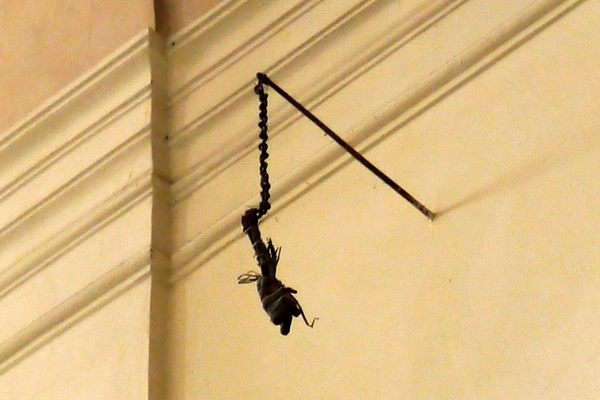
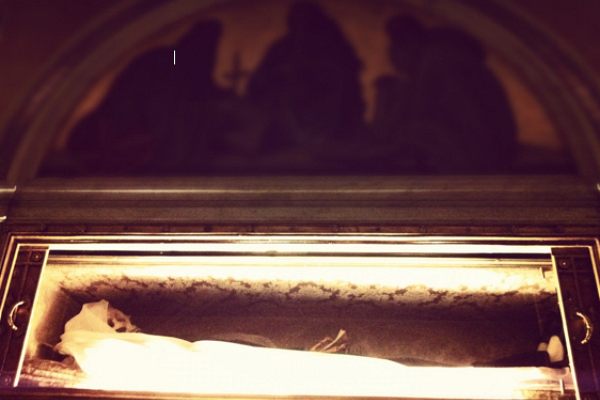


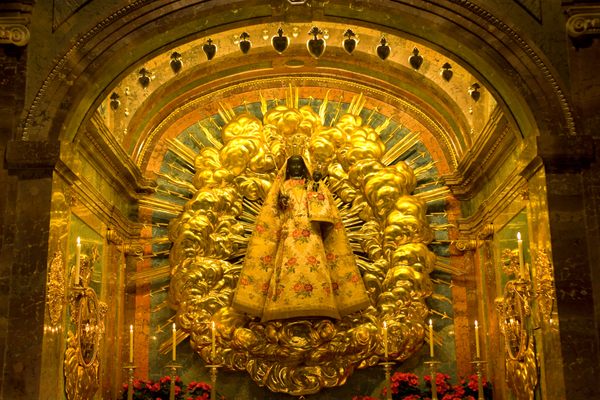
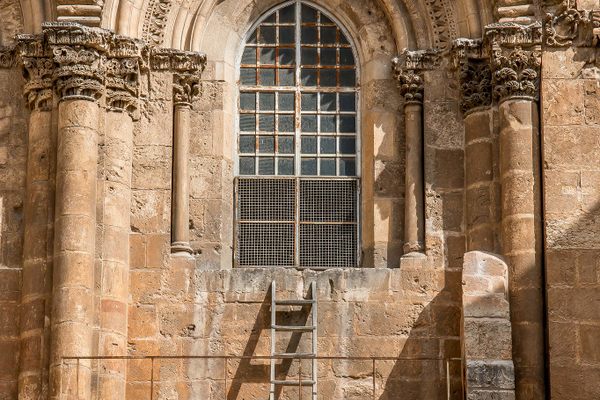

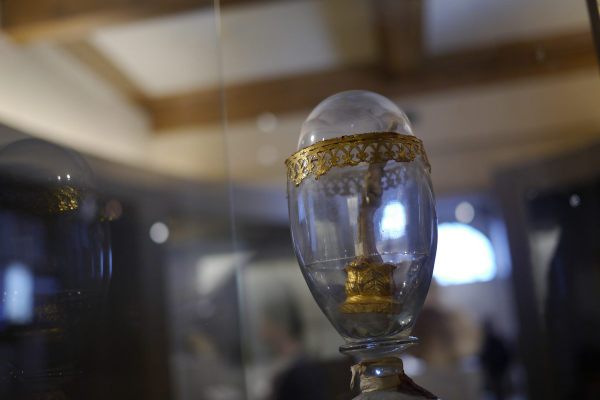


Follow us on Twitter to get the latest on the world's hidden wonders.
Like us on Facebook to get the latest on the world's hidden wonders.
Follow us on Twitter Like us on Facebook